We’ve already made it abundantly clear how much we love cheese and the brilliant cheeses that we stock. So what’s the big modern fuss over cheeseboards and what’s the best way to go about putting one together?
A quick cheeseboard crash course
- Charcuterie, cheeseboards and a spike in global popularity
- What are the hottest current cheeseboard trends?
- Getting started on a memorable cheeseboard
- Chef Solon’s tips on compiling a cheeseboard
- Cheeseboard DOs & DON’Ts
- Award-winning South African cheese producers
- Plant-based cheese alternatives
- Build your own cheeseboard hamper
Charcuterie, cheeseboards and a spike in global popularity
Though charcuterie rose to prominence in 15th-century France, to represent storefronts specializing in the preparation of pig and offal at a time when people weren’t allowed to sell uncooked pork, the earliest recorded cheese course served at the end of a meal may have been on the 1870 menu of Café Voisin in Paris. This concluded with Fromage Gruyere.
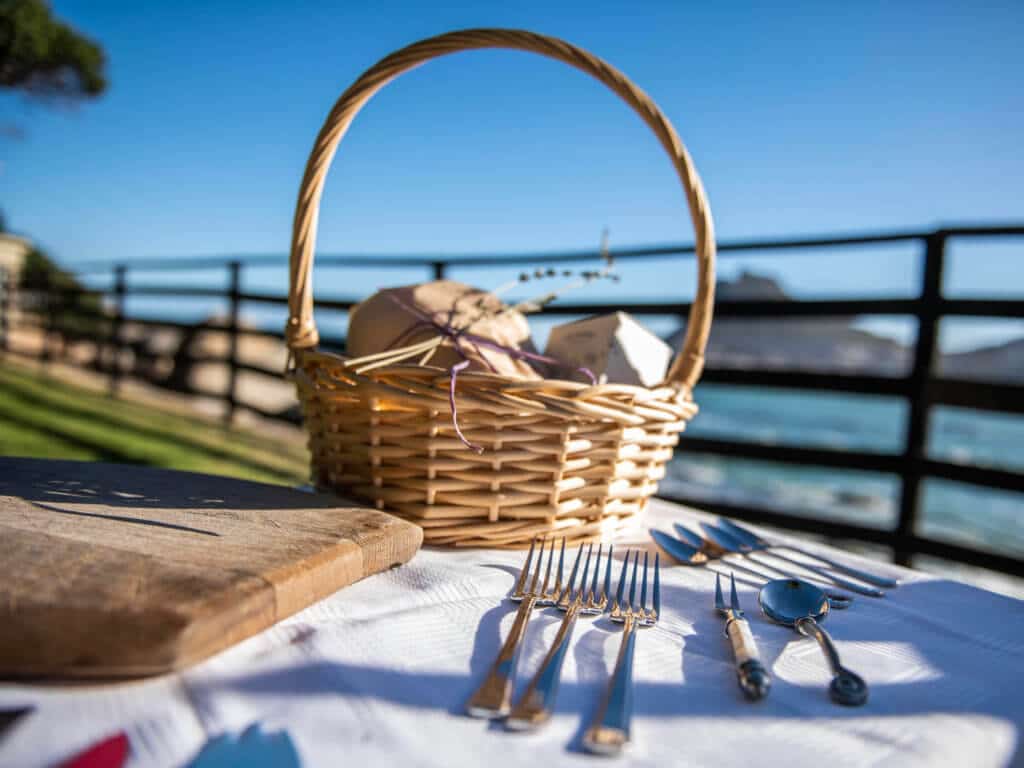
Fast-forward to the present-day and cheeseboards are a huge hit with modern adults who love to document their food journeys on Instagram. People are so passionate about cheese, charcuterie and the union of the two that there is such a thing as a “charcuterie influencer”, somebody whose meat-and-cheese boards feed into a popular social media trend. While cheeseboards are traditionally enjoyed by groups, there are certain individuals who love cheese and charcuterie so much that they would opt to enjoy their own personal board on the couch, so the trend has even managed to survive a global pandemic.
What are the hottest current cheeseboard trends?
According to Ken Albala, a history professor with a focus on food at the University of the Pacific, the mass appeal of charcuterie on social media coincides with the rise of crafting and foodie cultures, paired with an “inherently aesthetically pleasing nature.”
“For hundreds of years people have been doing cheese boards and charcuterie, but I think it has been part of the rise of the interest in do-it-yourself artisanal craft food,” he said. “It’s also very photographical, and a lot of food that is great is not. A plate of stew is just disgusting-looking on camera, but if you can arrange things in fun patterns it looks nice and that’s why it’s very Instagrammable.”
Ken Albala – history professor at the University of the Pacific
Cheese by numbers on Instagram is one of the most prolific “charcuterie influencers” in the game at the moment.

Searching “charcuterie” on Instagram yields over a million results, while the dedicated “cheeseboard” hashtag has 1.3 million posts associated with it. It’s clear that this trend is popular not only because cheeseboards are delicious, but also because they look really good if they’re done right.
Getting started on a memorable cheeseboard
Almost everybody you know won’t say no to a cheeseboard, should it be presented to them. And the greatest thing about cheeseboards? Virtually anybody can create a really decent version of the now-ubiquitous cheeseboard and you don’t need a gourmet kitchen and a lot of space to partake in the trend either.
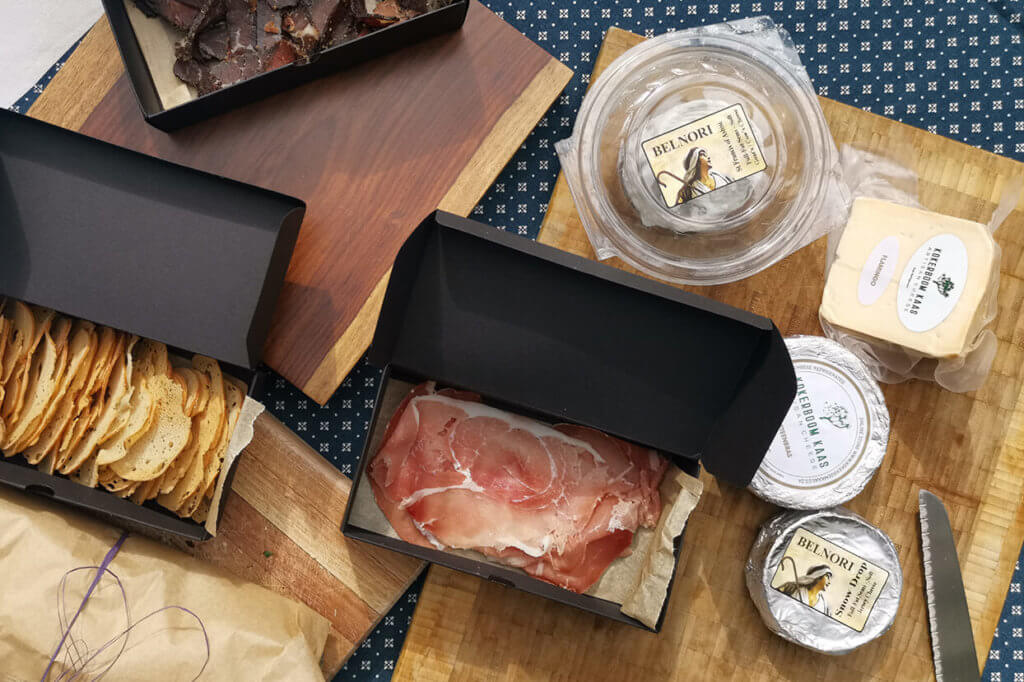
Start with the basics. Cheese, charcuterie, bread and/or crackers. Augment your offering with antipasti, preserves, jams, honey and butter and you’ve already got something that would satisfy even the most discerning palate. To enhance the visual appeal, edible flowers like pansies and fresh fennel add a touch of freshness and vibrancy straight from the garden, as well as nuts like pistachios or pecans for crunch and textural contrast. What’s awesome about this simple cheeseboard is that it can now be deconstructed and then reconstructed into bite-sized canapés with ease. Why not add some fresh fruit and berries for good measure? There are no rules, except that you shouldn’t compromise on the quality of your cheese, charcuterie or bread.
Chef Solon’s expert tips on compiling a cheeseboard
Let’s get down to the nitty-gritty. There is no perfect way to make a cheeseboard but it needs to fit what you have in your fridge and suit whichever occasion you may be hosting. You don’t have to have a special board or cheese knife set, the focus should be on experimentation of flavour profiles and textures and the enjoyment of sharing food with others, an experience that a cheeseboard facilitates so very well. Compiling cheeseboards isn’t a high-stakes situation. Have fun with it.
If it’s just me, sometimes I like to try only one cheese and add a few antipasti, some cured meat and preserves then take turns trying each different flavour combination with the hero cheese on some crackers or bread. If I’m sat with a friend, it’s nice to quickly throw some of the ingredients onto a plate and sit down and enjoy as is, no fuss, but with emphasis on sharing food with another in an intimate environment. Talking and collaborating as we go. However, when entertaining or hosting, I’ll carefully select my board, consider how and where the items are placed put some thought into the flow of the board.
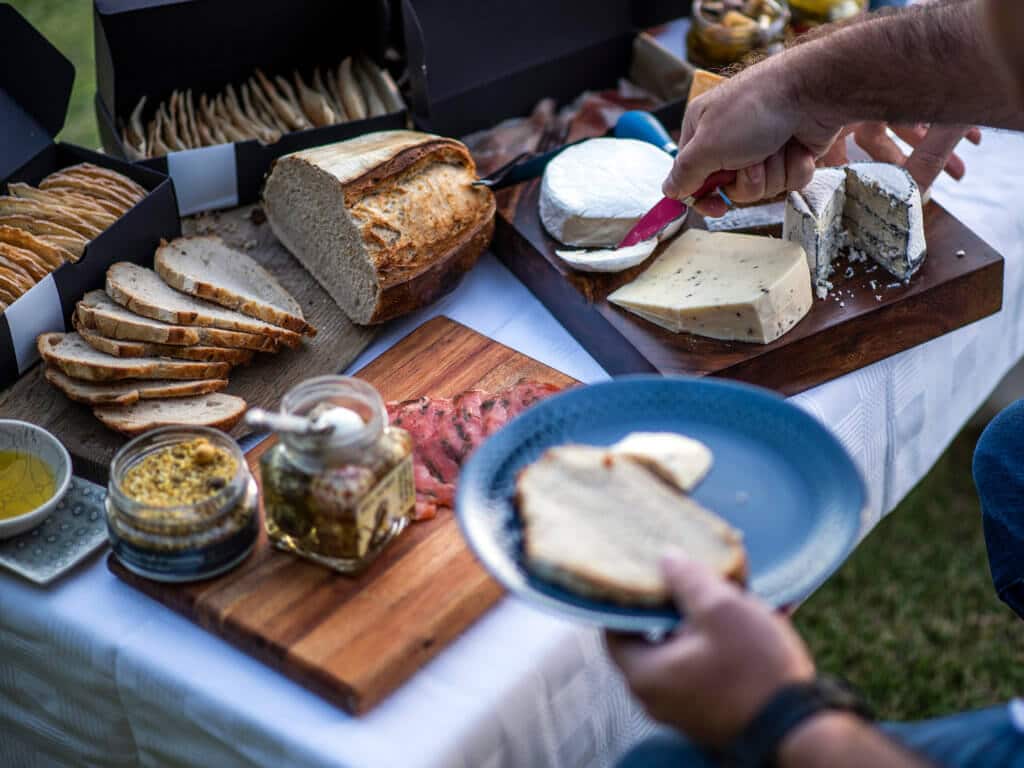
Cheeseboard Dos and Don’ts
Constructing a cheeseboard isn’t nearly as daunting as most people think it is. Here are a few pointers and rules of thumb which are great to keep in mind:
- Avoid overloading your cheeseboard with whatever you can get your hands on just for the sake of it looking full and busy. With food of this nature, quality always trumps quantity. Let the cheese be the hero and work your way out from there.
- Be thoughtful in your composition and remember that too many things bunched up and close together may appear intimidating or unappealing to your guests when they’re dishing up.
- Logically, do the items on your board work together? What is the flow of the board? I always like to simulate how someone would dish up in my mind and then start placing complementary items near to one another other, to gently nudge guests in the right direction.
- Always let your cheese reach room temperature before serving, this allows your palate to fully enjoy the flavour and texture of the cheese.
- Be conscious of who you may be serving. For example, if there are egetarians present at a gathering, keep your charcuterie separate from the main board. Or if someone has a dietary issue, relating to nuts for example, keep this in mind when compiling the spread.
- Add something sweet! Fresh and dried fruit, honey, honeycomb and candied nuts work well and are preferable to a handful of generic sweet jams.
- Add something savoury like pickles, preserves and antipasti as well as relishes and savoury jams like Sol’s apple and mustard.
- Always create a crunch! Texture breaks through the cheese and accompaniments so bread, crackers & toast are all up the right alley.
If you’re feeling lost about which cheeses to use for a complete/large cheeseboard, I always follow this structure (with some examples). You should always have one of the following:
- Aged cheeses like mature cheddars, goudas & boerenkaas.
- Soft cheeses like brie, camembert, goat & infused cream cheese.
- Firm cheeses like manchego, edam & parmesan.
- Blue cheeses like the black winged stilton or gorgonzola, roquefortand and the like.
Award-winning South African cheese producers
Rina Belcher runs Belnori Boutique Cheesery, a Saanen goat-breeding and cheesemaking operation near Bapsfontein in the Gauteng province, and one of our world-class suppliers. Belnori’s awards tally has grown to 68 SA Champion cheeses (including the 2019 Dairy Product of the Year) and 24 medals at the World Cheese Awards.
All cheesemaking at Belnori is carried out in the traditional method. The whey is extracted
after coagulation and sent to a pig farmer, who uses it as an ingredient in feed. The cheeses are aged using different processes in the chillers, and a wide variety of soft and hard cheeses are produced.
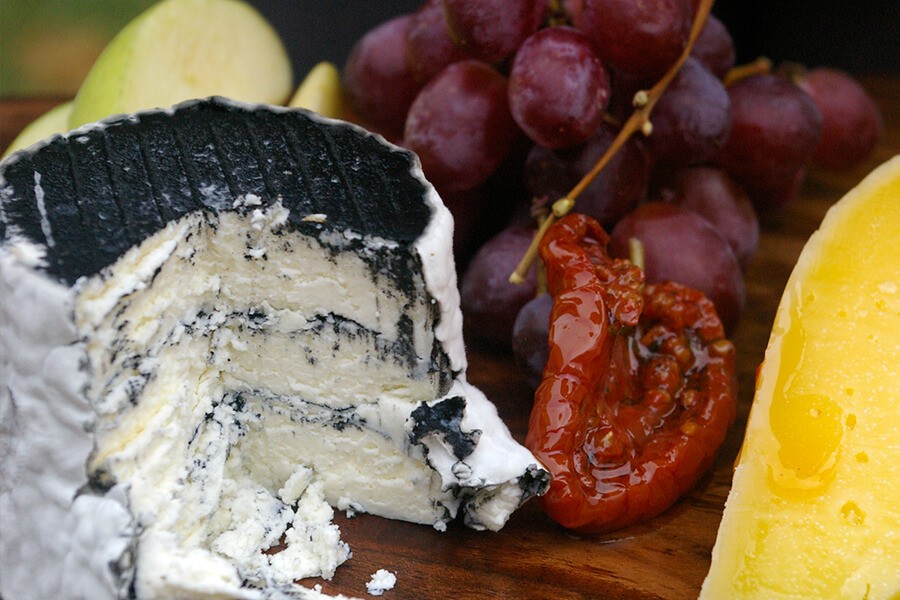
Gay’s Guernsey Dairy cheeses have won numerous international awards in London, Dublin and France and are now known across the country and in various parts of the world. Hard Cheeses Reserve Champion at the SA National Cheese Awards, bronze & silver medals at the World Cheese Awards, and the SA champion mature cheddar class at the national cheese festival at Bienne Donne are a few of these honours.
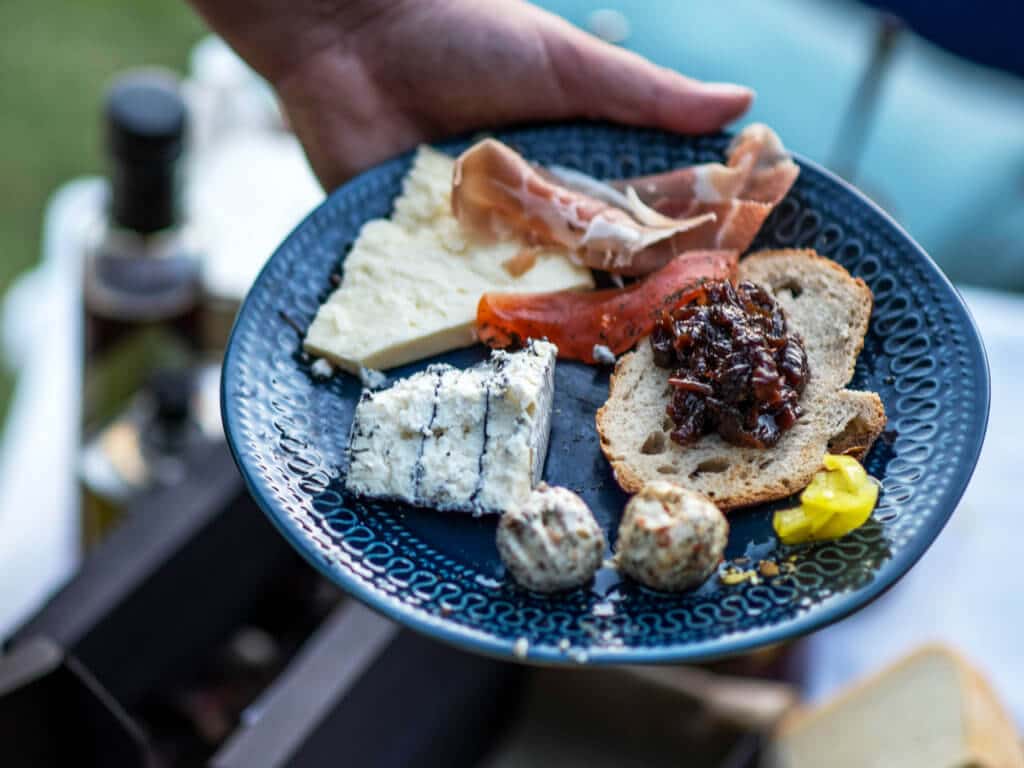
Gay’s also enjoys a special symbiotic relationship with our charcuterie suppliers, The Real Food Company, whose whey-fed pork is reared on Gay’s Guernsey Dairy property. You can take a more in-depth look at our cheese suppliers in an article of ours published back in June and take a look at the Belnori range that we proudly stock.
Plant-based cheese alternatives
Vegan or plant-based cheeses can be made with a variety of different ingredients derived from proteins, fats, vegetables, and plant-based milk. The most common type of ingredients that are typically used to produce vegan cheeses are seeds like sesame or sunflower, and nuts like cashews, peanuts, almonds, pine nuts, etc. Other common ingredients that vegan cheese contains are nutritional yeast, tapioca, coconut oil, spices, rice and potatoes. In order to achieve similar consistency, texture, flavour, and aromas to that of the cheeses you know and love, incorporating these ingredients as a substitute will ensure you come pretty close to the original.
The main concern among health-conscious individuals when using non-dairy or vegan cheese products is highly processed ingredients like preservatives, refined oils, additives and sodium. Instead, always try to stick to minimally processed products that are nutrient-dense and of a higher quality. They’re made with wholesome ingredients like seeds, nuts or cooked vegetables, so you know they’re good.
8. Build your own cheeseboard
The only thing left for you to do is attempt to construct your very own cheeseboard. We’ll give you a headstart with our cheeseboard hamper, which contains all of the bare necessities like freshly-baked crackers, melba toast, a range of cheeses as well as a couple of sweet & savoury preserves.
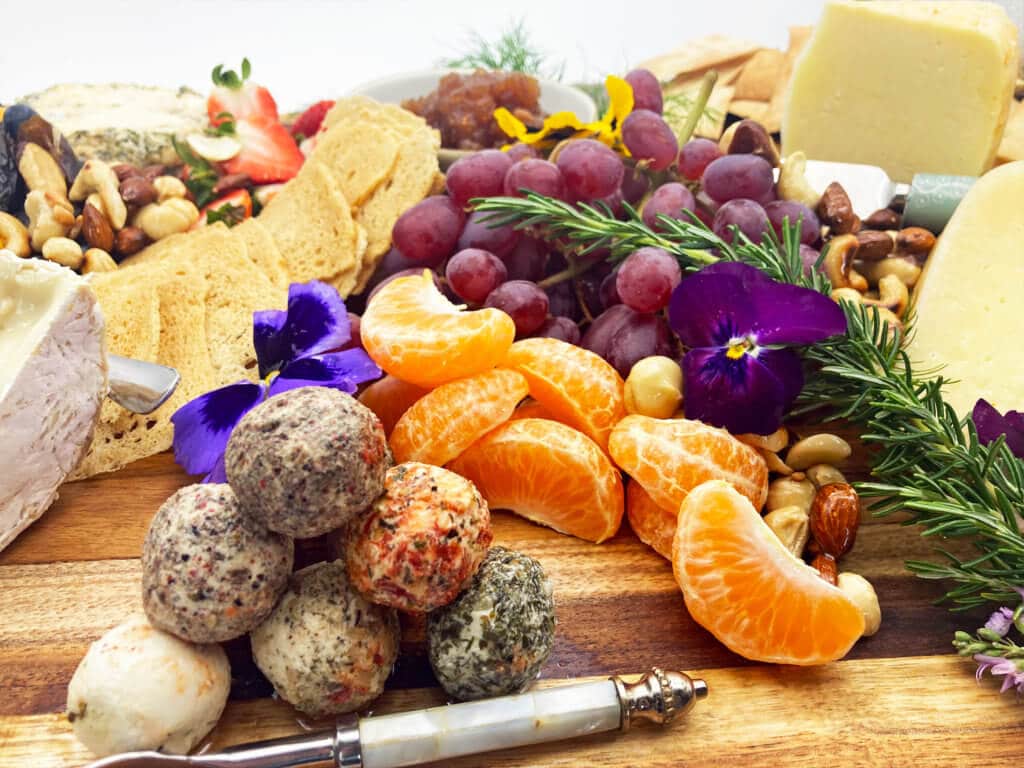
If you happen to build your own cheeseboard after reading this post, snap some pics and share them with us on Instagram if you’d like!

